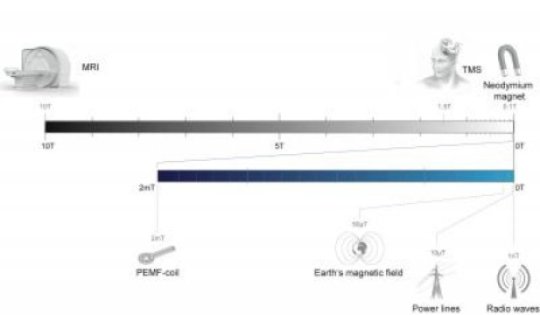[ad_1]
Some of the dental features characteristic of Neanderthals were already present in Early Pleistocene Homo antecessor, according to a study published September 19, 2018 in the open-access journal PLOS ONE by Laura Martín-Francés of the University of Bordeaux, France and colleagues.
Dental tissue proportions and enamel thickness are helpful features for identifying and distinguishing ancient hominins, reflecting unique developmental processes that arose in among hominin species. Neanderthals possess uniquely thin enamel compared to other hominins, but the origin and evolution of this condition is unknown. In this study, Martín-Francés and colleagues examined teeth from the Early Pleistocene hominin Homo antecessor, a potential ancestor of Neanderthals, to determine when this and other Neanderthal tooth features arose.
The authors examined 17 molars of Homo antecessor from the Gran Dolina-TD6 cave site in Sierra de Atapuerca in Northern Spain, dating back to the Early Pleistocene, 0.8-0.9 million years ago. They compared these teeth to more than 300 molars from other Homo species, living and extinct, from Asia, Africa, and Europe. Through micro-CT scans and high-resolution imaging, they determined that H. antecessor did not share the Neanderthal trait of thin enamel, but that the overall distribution of tooth tissues (enamel and dentine) in H. antecessor was in fact more similar to Neanderthals than to Homo sapiens and other hominins.
These findings suggest that certain aspects of Neanderthal tooth structure had already arisen in earlier hominins of Early Pleistocene Europe, but that the full suite of Neanderthal traits did not appear until later. The authors note that future study on hominins across the Early and Middle Pleistocene of Europe will further elucidate the evolutionary steps that produced the unique dentitions of Late Pleistocene hominins.
Martín-Francés summarizes: “The Early Pleistocene species, Homo antecessor (Atapuerca, Spain) shares the same molar enamel thickness with most hominins, including Homo sapiens. However, as early as 900,000 ago, Homo antecessor shows a few structural characteristics that are absent in the rest of the hominin species and will become the typical Neanderthal configuration.”
Story Source:
Materials provided by PLOS. Note: Content may be edited for style and length.
[ad_2]















